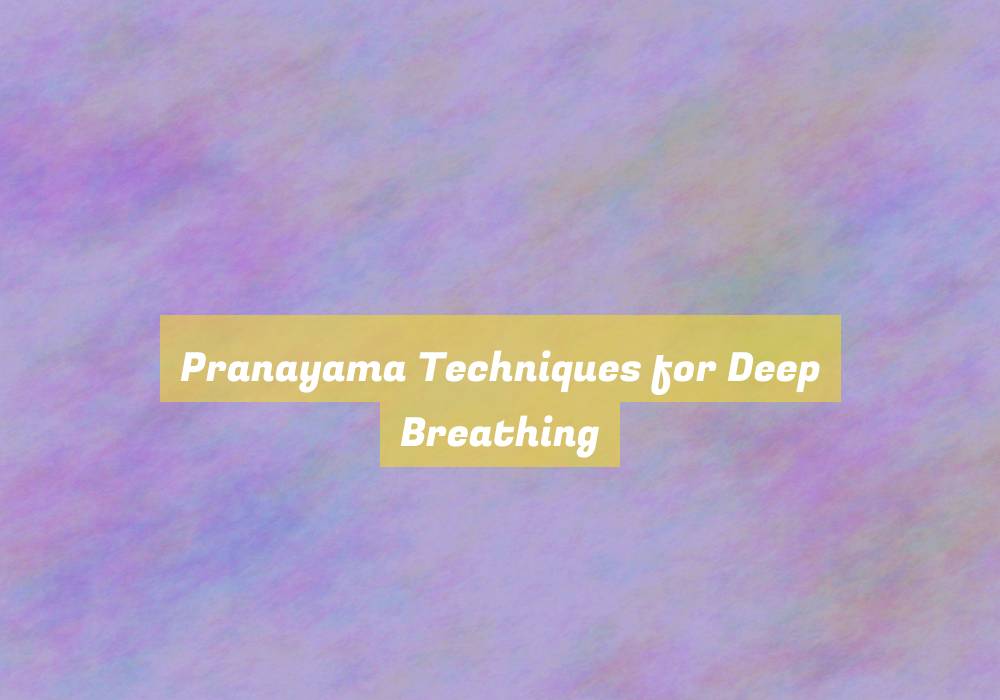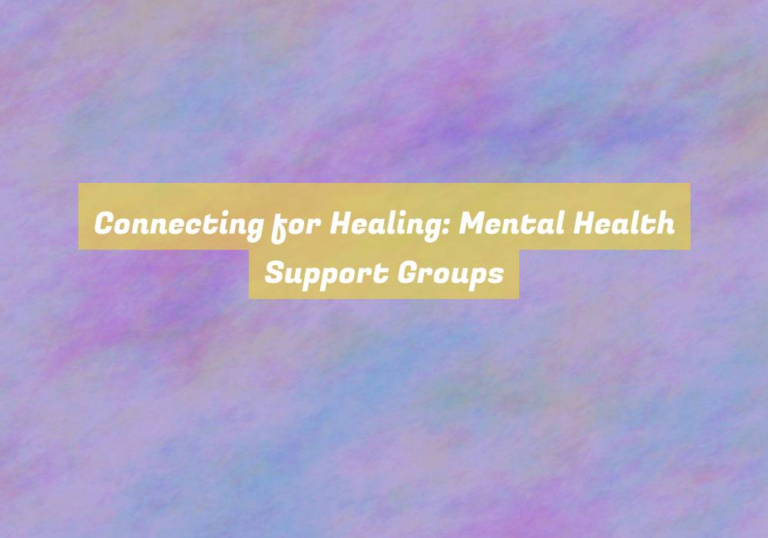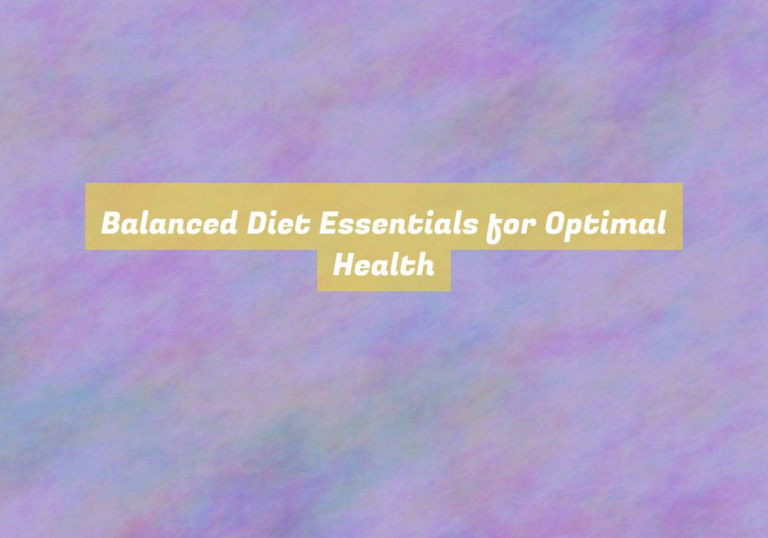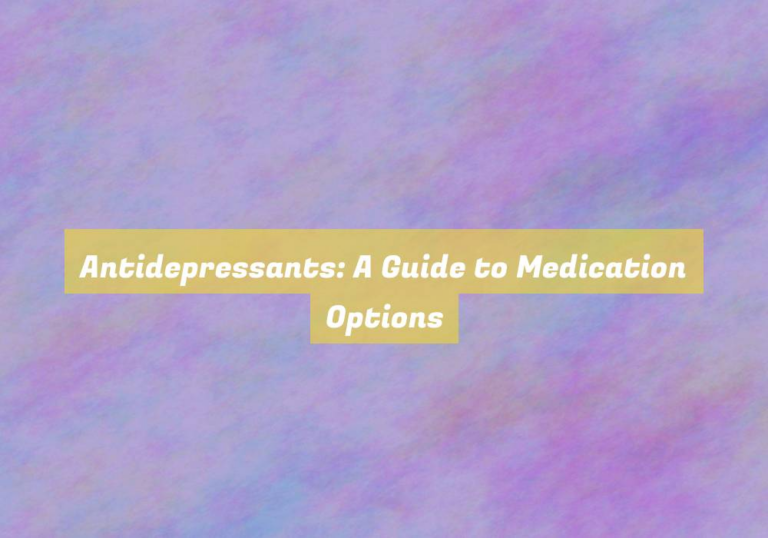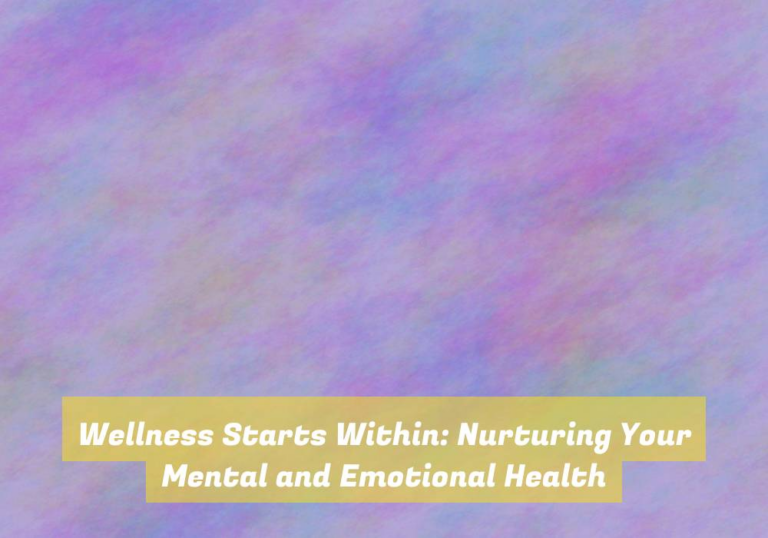Pranayama Techniques for Deep Breathing
Have you ever wondered if there is a simple yet powerful way to calm your mind and improve your overall well-being?
ItG??s no secret that breathing techniques have been used for centuries to promote relaxation and enhance physical and mental health.
But what if I told you that the ancient practice of pranayama offers a comprehensive approach to deep breathing that can transform the way you experience life?
If youG??re curious about harnessing the full potential of your breath and unlocking a sense of inner peace, then exploring pranayama techniques may hold the key to a more balanced and harmonious existence.
Benefits of Pranayama Techniques
By practicing pranayama techniques, you can experience improved mental clarity, reduced stress, and enhanced overall well-being.
Deep breathing exercises, such as Anulom Vilom, Bhastrika, and Kapalbhati, can help calm your mind and reduce anxiety. When you engage in these techniques regularly, you may notice a significant decrease in stress levels as your body learns to breathe more deeply and fully. This can lead to better emotional regulation and an increased sense of inner peace.
Moreover, the increased oxygen flow to your brain from pranayama can sharpen your focus and concentration. As a result, you may find that youG??re able to think more clearly and perform tasks with improved efficiency. The controlled breathing patterns also have a calming effect on your nervous system, promoting relaxation and reducing the impact of stress on your body. This can contribute to a greater overall sense of well-being and contentment in your daily life.
Incorporating pranayama techniques into your routine can truly transform your mental and emotional state for the better.
Basic Pranayama Techniques
Practicing basic pranayama techniques can significantly improve your breathing and overall well-being. One fundamental technique is the G??DirgaG?? or Three-Part Breath. To start, sit comfortably with an elongated spine. Inhale deeply through your nose, filling your belly, then your ribs, and finally your chest. Exhale completely through your nose in the reverse order: chest, ribs, and belly. This technique maximizes your lung capacity and enhances oxygen circulation.
Another basic technique is G??UjjayiG?? or Victorious Breath. Begin by inhaling deeply through your nose and exhaling through a slightly constricted throat, producing a soft hissing sound. This practice helps to regulate your breath, calm the mind, and warm the body.
G??KapalabhatiG?? or Skull Shining Breath is an invigorating technique. To perform this, sit comfortably and take a deep breath in. Then forcefully exhale through your nose by contracting your lower belly. The inhale should happen naturally. This technique clears out the lungs and energizes the mind.
Advanced Pranayama Practices
As you advance in your pranayama practice, you can explore more intricate breathing techniques that build upon the foundational skills youG??ve developed.
One advanced pranayama technique is Nadi Shodhana, also known as alternate nostril breathing. This technique aims to balance the flow of energy in the body by alternating the breath between the left and right nostrils.
Another advanced practice is Kapalabhati, which involves forceful exhalations followed by passive inhalations. This technique not only helps to cleanse the respiratory system but also increases oxygen supply to the body.
Bhramari pranayama, or humming bee breath, is another advanced practice that involves producing a sound while exhaling, which can help calm the mind and reduce stress.
Additionally, Sitali and Sitkari are advanced cooling breath techniques that involve inhaling through the mouth with the tongue curled or hissing through the teeth, respectively.
These advanced pranayama practices require increased focus and control of the breath, and when practiced correctly, they can further deepen your breath awareness and overall well-being.
Incorporating Pranayama Into Daily Routine
Incorporate pranayama into your daily routine to enhance your overall well-being and promote deep relaxation. Start your day with a few minutes of pranayama to set a positive tone for the day. You can practice pranayama while sitting in bed or on a yoga mat, focusing on your breath and clearing your mind.
Throughout the day, take short breaks to engage in a brief pranayama session. This can help alleviate stress and improve your focus. Consider incorporating pranayama into your bedtime routine as well. Engaging in deep breathing exercises before bed can help calm your mind and prepare your body for a restful nightG??s sleep.
You can also incorporate pranayama into your existing meditation or yoga practice for added benefits. By integrating pranayama into your daily routine, you can experience the profound effects of deep breathing on your physical and mental well-being.
Make it a habit, and youG??ll soon notice the positive impact it has on your overall health and relaxation.
Conclusion
So, now you have learned the benefits of pranayama techniques and how to practice basic and advanced techniques. Remember to incorporate pranayama into your daily routine for improved mental clarity, reduced stress, and overall well-being.
Take a few moments each day to focus on your breath and practice these techniques. YouG??ll soon experience the positive effects of deep breathing through pranayama.
Keep breathing and stay healthy!

